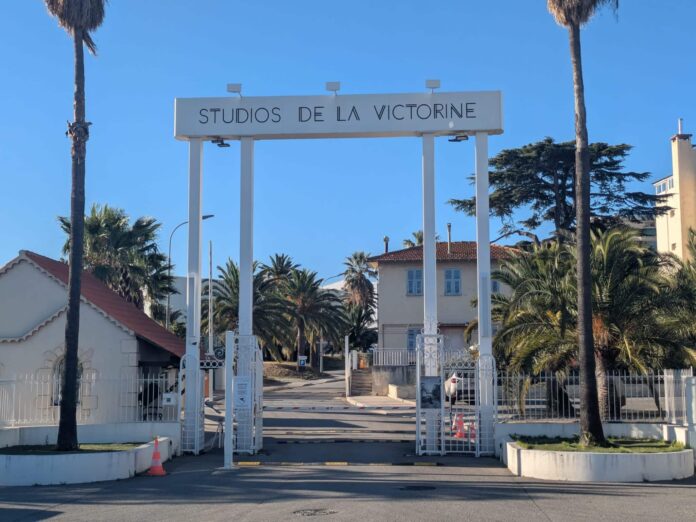In the hushed silence of one of the most iconic studio lots in Nice, an ambitious production unfolded this week. Within a few days, set design, production management, cameras, technical teams, and unforeseen events took place in this historic location.
At the Victorine Studios in Nice, an intense week of filming took place from last Friday to Thursday, October 23, bringing together technicians, production management, and production teams around a large-scale audiovisual project. Filming preparations began on Friday with the setup of the sets, a meticulous but exhausting task for the production teams, which was completed on Saturday evening. For two days, technical, design, and lighting teams worked tirelessly to bring the set to life and lay the foundations for this ambitious production.
Monday saw the beginning of rehearsals, the shooting of title sequences, and demanding adjustments. “A day of reconnaissance to get our bearings slowly, learn to work together before really starting,” explains Clara Milad, assistant director and production for this shoot. She ensures coordination among the contestants, production management, the set, and the judges, essentially acting as the “Swiss army knife,” as she likes to say.
For this production, around fifty people are involved, some of whom have come especially from Paris. Three different sets are on the lot, six main cameras are deployed, and twenty projectors are installed to shape the lighting ambiance according to the needs. Everything is planned for a bold capture, fitting for a large-scale production.
The last day of shooting proved to be the most exhausting. After several consecutive days from 8 a.m. to 6 p.m. under pressure, the teams felt the fatigue. But the real challenge emerged the day before the final day of filming and again the following morning at 8 a.m.: two contestants announced they could not participate. The morning was extremely stressful for all the teams having to adapt to these conditions.
In a rush, thanks to the organizers’ responsiveness and their extensive networks, two replacements were found at the last minute. “If we hadn’t found them, the filming would have ended in a few hours and the company would have lost a lot of money,” concludes Clara Milad.
The Legend of the Victorine Studios
The Victorine studios were born out of the audacity of visionary producers, Louis Nalpas and Serge Sandberg, who acquired a seven-hectare property in Nice starting in 1919 to build what they envisioned as a “French Hollywood.” The site has spanned eras: from silent films to talkies, from film to digital, hosting classics like Children of Paradise, To Catch a Thief, or Day for Night.
Today, the studios boast ten soundstages, ranging from 312 m² to 1,175 m², and offer about 6,000 m² of space (including 2,500 m² soundproofed). In addition, there are dressing rooms, production offices, costume workshops, a 1,000 m² carpentry shop, modular storage, and dedicated technical rooms.
In 2024, the studios are set to host around 610 shooting days on set, 18 advertising/corporate productions, 4 series or TV films, 3 feature films, and 39 music videos or photo shoots. Additionally, the city of Nice took over the management of the studios in 2017, after private management, thus reigniting an ambition for revitalization and rejuvenation of the site.
Throughout the decades, Victorine has weathered management crises, ownership changes, periods of inactivity, but retains an intact aura in the audiovisual industry.


